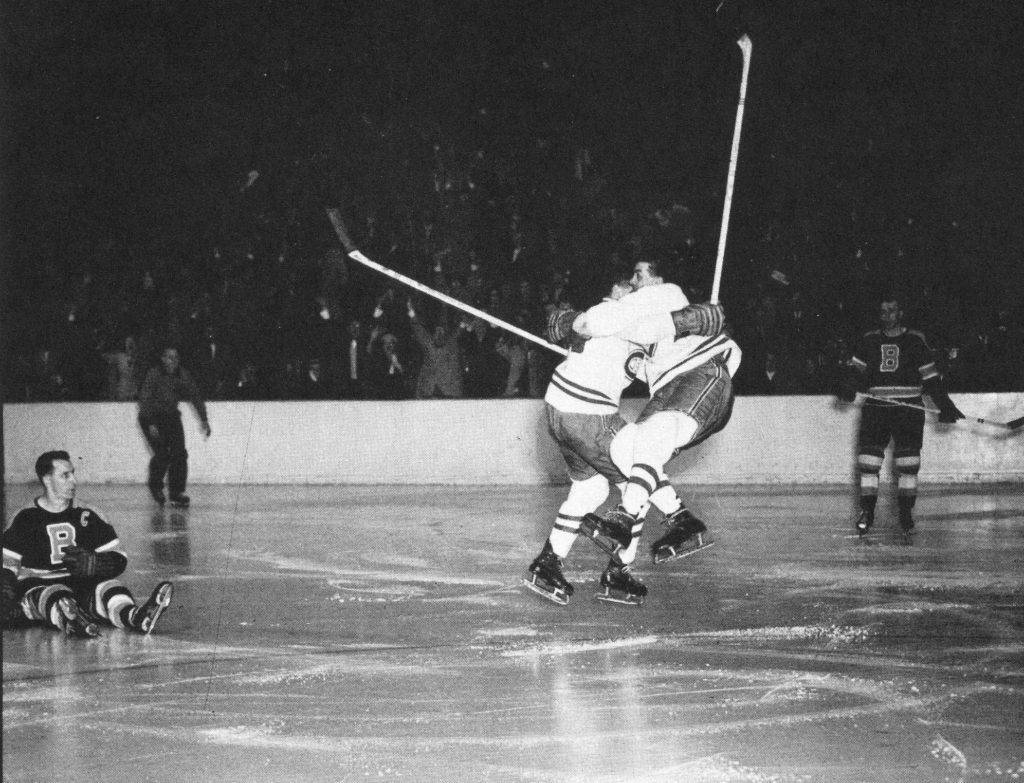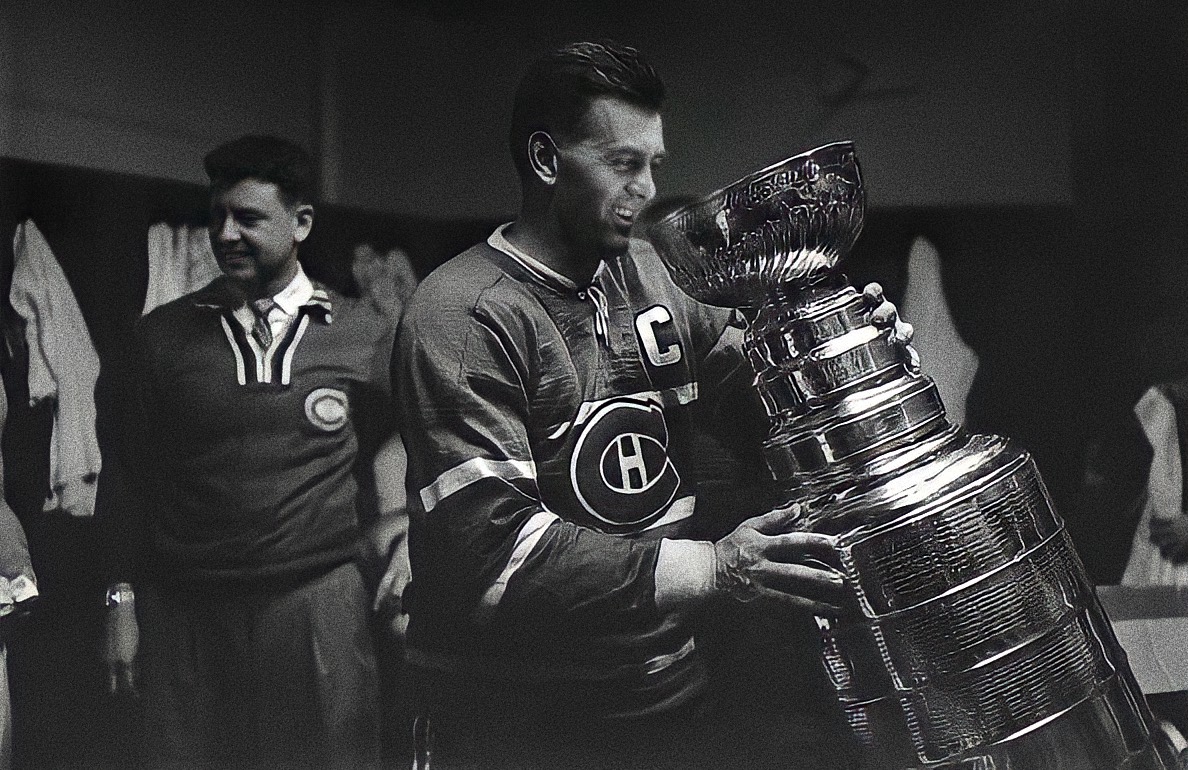Maurice Richard was just one of the legendary players that continued working at a job they previously held before their debut into the NHL.
Today, professional hockey can pay the bills at any level, but it wasn’t always this way. It took the National Hockey League (NHL) several decades to go from small contracts to the multi-million dollar ones our favourite players receive each year.
For the first half of the twentieth century, most NHL players relied on a secondary income during the summer months to support their lifestyles. Despite the league being one of the oldest in North America, they consistently fell behind the National Basketball Association (NBA), National Football League (NFL) and Major League Baseball (MLB) in revenue, popularity and later in securing hefty television contracts. These setbacks continue to keep NHL salaries well below the average of other leagues.
Maurice Richard was just one of the legendary players that worked at a second job while playing professional hockey. Most of the time, players continued with the jobs they previously held before making their NHL debut.

The Rocket
Maurice “Rocket” Richard is one of the most successful NHL players of all time. He was the first player in NHL history to score 50 goals in a single season and became the first to reach 500 career goals. Richard was a member of eight Stanley Cup championships with the Montreal Canadiens, including a record five straight between 1956 and 1960.
Despite his illustrious career, his childhood was a stark contrast. He was the oldest of eight children and grew up during the Great Depression. His parents, Onésime Richard and Alice Laramée moved to the neighbourhood of Nouveau-Bordeaux, where his father took a job working as a carpenter with the Canadian Pacific Railway (CPR) shortly after Maurice was born. Onésime lost his job in 1930, and the family relied on government assistance until he was re-hired in 1936.
With his father’s connection, Richard began working for the CPR in 1937 at age 16. He had recently dropped out of school to work with his father and eventually enrolled in a technical school in order to receive a trade certificate. Instead, he found his passion on the ice.
Richard made his way through the juniors and onto the Montreal Canadiens’ affiliate team, the Quebec Senior Hockey League (QSHL) Canadiens, by 1940. He suffered several injuries including, a broken wrist and broken ankle that deemed him unfit for combat during World War II. In 1942, Richard earned a tryout with the Canadiens for their 1942-43 season. He signed his rookie contract worth $3,500 ($58,000 today) for the entire season.

Considering the times, this may seem like a lot back then, but there are a lot of factors to take into account. Several teams would often give their players a travel allowance for away games. Some would go as far as making their players pay for the majority of their stay. At the time, most wives were stay-at-home mothers and didn’t have jobs to help pay for additional expenses. This spending eats away at a player’s salary, leaving them with no choice but to get a second job for the offseason.
Richard is one of many NHL players who had to find a summer job even when he was setting records and winning Stanley Cups for the Canadiens. He remained with CPR, working in a warehouse producing locomotives and passenger freight cars in what is now known as Montreal’s Angus Shops district.
During his last NHL season, Richard made $25,000, which translates to around $225,000 today. Throughout his 18 seasons, he amassed a little over $237,000 ($2.4 million today), which is quite the distance from the millions of dollars players today make every year. It’s no wonder why one of the greatest scorers in NHL history would need a second job to help his family live comfortably.

